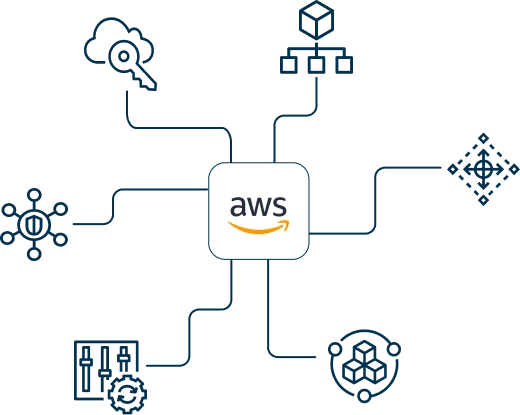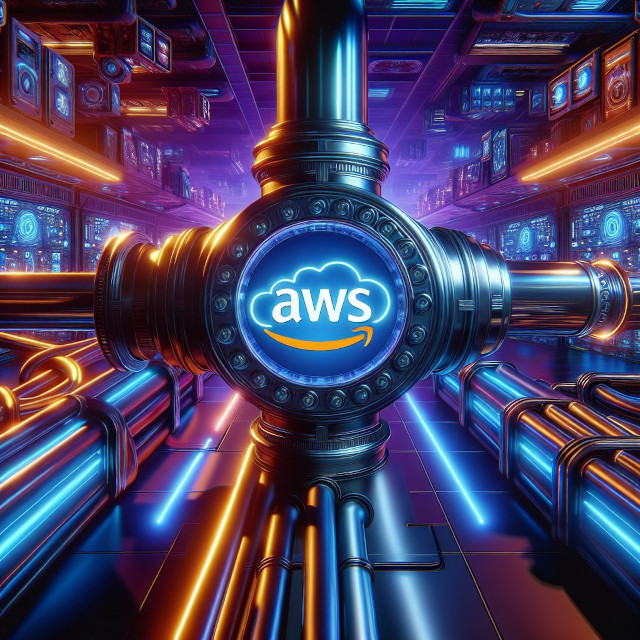Improve performance by harnessing the Power of AWS
Empower Organisations to Navigate AWS with
Confidence and improve performance across the board

Empower Organisations to Navigate AWS with
Confidence and improve performance across the board

Virtuability expertly helped guide and validate our Zero Shared Data Orchestration and SDK architecture. Their collaborative approach supported our team with knowledge & insights and - most importantly - the right questions. Their AWS expertise is obvious. Beyond this, their deep understanding of data ecosystems/visions - combined with significant practical knowledge of what will work in real life - makes them pretty unique in the space. They're also situationally pragmatic, diplomatic and a delight to work with. Highly recommended!
StJohn, DataSapien
AWS Scaling
DevOps
MLOps
Generative AI
Modernisation
Achieve your high-impact goals with guidance and a proven process from our experienced team of experts.
Monitor your cloud budget and discover ways to enhance efficiency across architecture, operations, and financial planning.
Free yourself from the distractions and difficulties of operations, maintenance, monitoring and infrastructure management.
Read our latest technical reports and insights
from out top professionals

Background In this short blog post, we’ll explore how to automate AWS CloudFormation StackSet drift …

Background The AWS Cloud Development Kit (AWS CDK) is an open-source software development framework …

Background Have you ever wanted the power of the AWS CodePipeline mixed with the convenience of the …
We are always up to something.
Keep up with the latest events in Virtuability

Virtuability is proud to present our new website, which offers a complete redesign and a refresh of …

Overview Virtuability is proud to present our AWS Well-Architected Review with a unique focus on AWS …

We are happy to announce that Virtuability is now an AWS Select Consulting Partner.